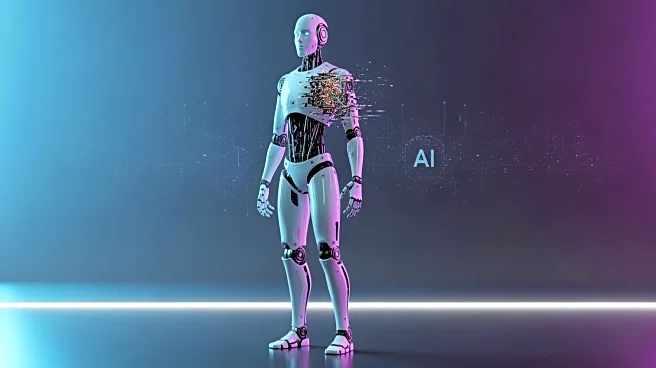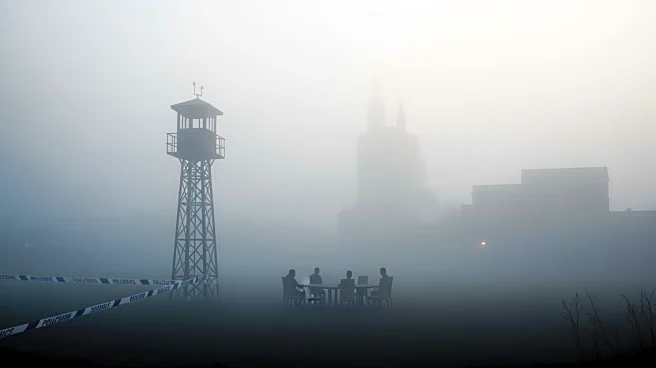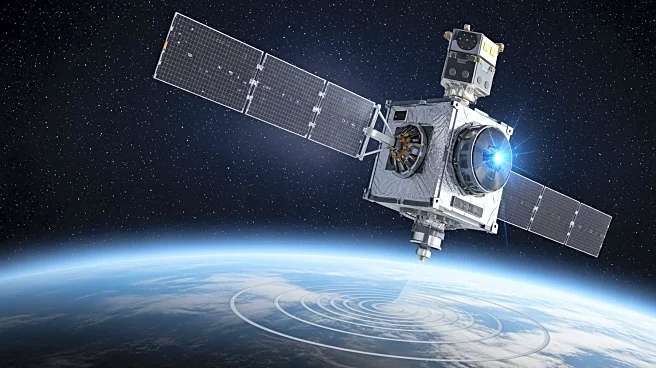What's Happening?
Russia's first humanoid robot incorporating AI technology, named Aidol, experienced a setback during its debut at a technology conference in Moscow. The robot, designed to walk, manipulate objects, and
communicate, stumbled and fell while attempting to wave to the audience. This incident occurred despite the presence of two human assistants and was attributed to the robot's stereo cameras, which are sensitive to lighting conditions. The presentation was cut short, but Aidol later returned to the stage with assistance, managing to stay upright. The robot's developers emphasize that such incidents are part of real-time learning, where mistakes contribute to future improvements.
Why It's Important?
The incident underscores the complexities and challenges involved in developing AI-powered robotics, particularly in achieving reliable real-time learning and adaptability. Aidol's stumble highlights the potential difficulties in deploying such technology in practical settings, such as manufacturing, logistics, and public spaces. The event also raises questions about the readiness of AI systems for real-world applications and the investment required to enhance their capabilities. As AI technology continues to evolve, incidents like this may influence public perception and investor confidence in AI-driven innovations.
What's Next?
Developers may need to address the technical limitations that led to Aidol's fall, such as improving the robot's sensory systems and adaptability to varying environmental conditions. The company might also focus on refining the robot's ability to function autonomously and reliably in diverse settings. Stakeholders in the AI industry, including investors and policymakers, will likely monitor these developments closely to assess the viability and safety of deploying AI robots in public and commercial environments.
Beyond the Headlines
The incident with Aidol may prompt broader discussions about the ethical and safety implications of AI in society. As AI systems become more integrated into daily life, ensuring their reliability and safety becomes paramount. This event could lead to increased scrutiny and regulatory considerations regarding the deployment of AI technologies, particularly in public spaces where human interaction is involved.













